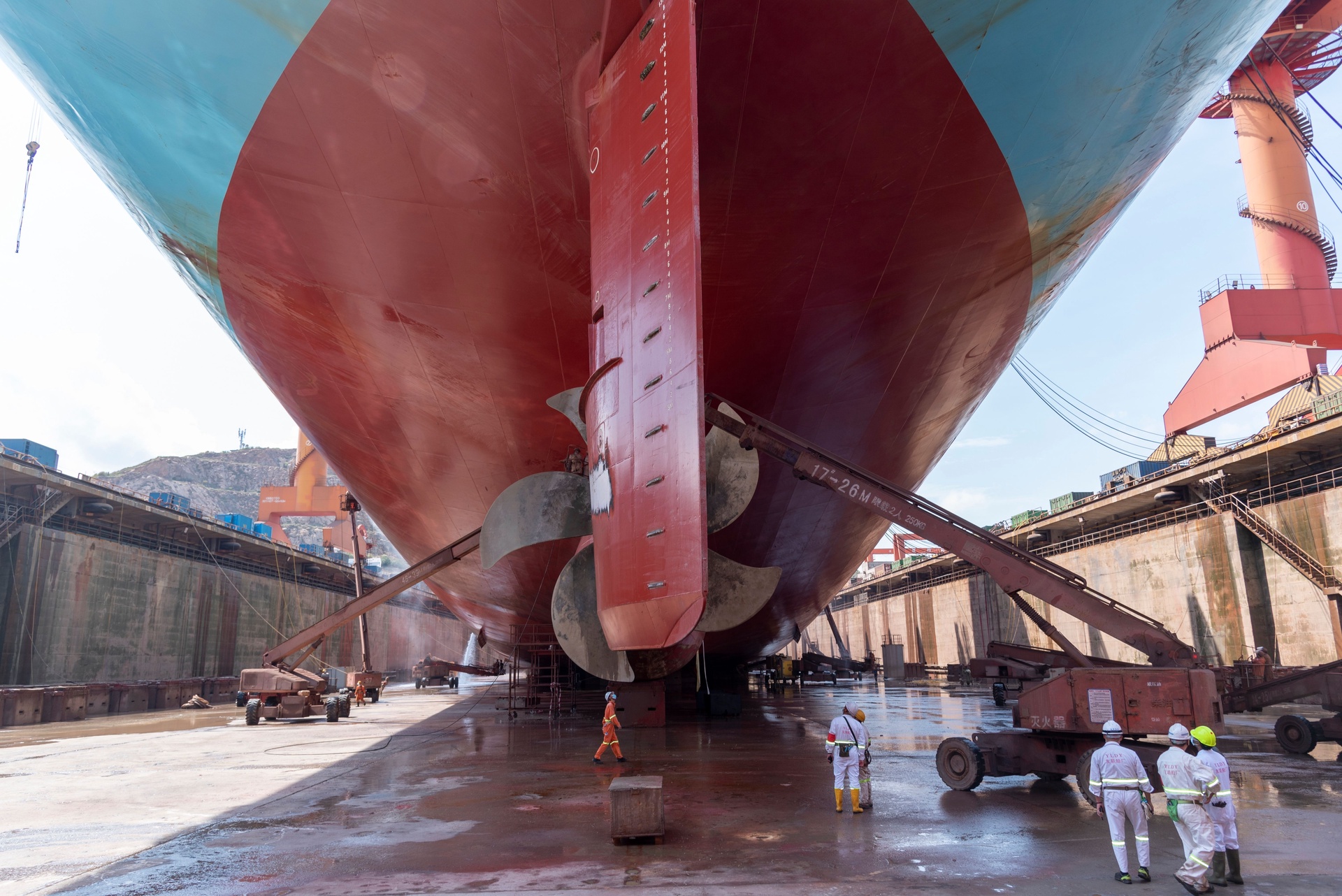For every step forward the average Asian investor takes towards meeting a financial goal, many fall half a step back due to the excess cash investors hold and rising costs of those goals, according to a new report by Manulife Asset Management.
The report, entitled One step forward, half a step back: Meeting financial goals in Asia , is the sixth in Manulife Asset Management's Aging Asia series. It reveals that the average investor in Asia faces a potential investment returns shortfall of 3.3% (1.3% including Japan) a year. That looks small as a percentage, but it represents a very large sum when compounded over 10 or 20 years.
The shortfall arises because the cost of the five most cited financial goals across Asia have risen an average 6.0% a year over the past five years (4.4% including Japan ) while self-reported investment portfolios delivered average returns of just 2.7% a year in the same period (3.1% including Japan ). The report compares the historical growth rate in the cost of the five leading financial goals identified by respondents to a proprietary Manulife survey with the historical returns on investment allocations revealed in the same survey.
The survey covered Mainland China, Hong Kong , Indonesia , Japan , Malaysia , the Philippines , Singapore and Taiwan , where the main financial concerns were retirement, paying for children's higher education, meeting current living expenses, purchasing a primary residence and saving for a rainy day. The latter includes unexpected healthcare costs.
"While US$10,000 invested today has the potential to grow to more than US$13,000 over 10 years, US$10,000 in the cost of a basket of the five most cited financial goals would have been on track to grow to about US$18,000 in the same period - representing a potential shortfall of US$5,000," Michael Dommermuth , executive vice president, head of wealth & asset management, Asia, Manulife Asset Management estimates.
"While the shortfall may seem manageable over a period of ten years, it stands to triple to more than US$15,000 over the following 10 years and then more than double again to US$35,000 in the third decade. Investors should seriously consider what this means, particularly as the vast majority cited retirement as one of their top financial goals."
The research reveals this shortfall is primarily the result of the high level of cash investors hold in their portfolios. According to the survey, an average of 37% of assets across the region is held in local currency - 42% if foreign currency is included.
"This means over a third of investors' wealth is allocated to one of the lowest yielding assets, as local currency returned an average of just 1.7% a year over the past five years," says Dommermuth. "Reallocating a portion of this cash to equities or fixed income investments could dramatically reduce the potential shortfalls investors face in most markets."
The implications of shifting asset allocation away from local currency varied according to the market analysed and the asset selected:
As the countries and territories covered in the report are at different points in their financial market development, the report analysed exposure to local-market equities, the most universally accessible asset class. It found that shifting 50% of local-currency holdings to local equities could have the following impact:
- Move Indonesian investors from the largest potential shortfall of 6.6% a year to a shortfall of just 0.5%;
- Erase the 3.5% per year potential returns shortfall for Filipinos;
- Shift Taiwanese investors from facing the smallest potential shortfall in the region (ex-Japan) of 0.3% a year to the possibility of surplus returns.
While a similar shift of 50% of local-currency holdings to local fixed income would cut potential shortfalls less dramatically than equities, the effect on the cumulative shortfall could be substantial when compounding is taken into effect. Such a reallocation could:
- Cut the potential returns shortfall for Malaysians from 2.8% a year to 1.9%;
- Decrease the potential returns shortfall faced by Hong Kong investors from 2.5% a year to 2.0%;
- Lower the potential shortfall for Singaporeans from 3.6% a year to 3.1%.
In some markets, recent market conditions caused distortions in the results of reallocation to local equities or fixed income:
- Investors in Japan actually face a potential 2.7% surplus in returns due to a history of low inflation and recent market gains under Abenomics. Reallocating local currency to local equities or fixed income could actually boost the surplus if this continues;
- In China, an extended period of lacklustre market returns ahead of 2014 means that a shift to local equities actually aggravates the potential 4.0% a year returns shortfall.
"Where possible, we believe investors should consider diversifying their investments across multiple geographies," says Dommermuth. "We are witnessing a trend of capital-market deepening and opening across Asia , most notably in China , which should give investors access to a wider array of opportunities for investment returns. Such asset allocation decisions have always been important, but these days investors need to be more tactical than in the past."









